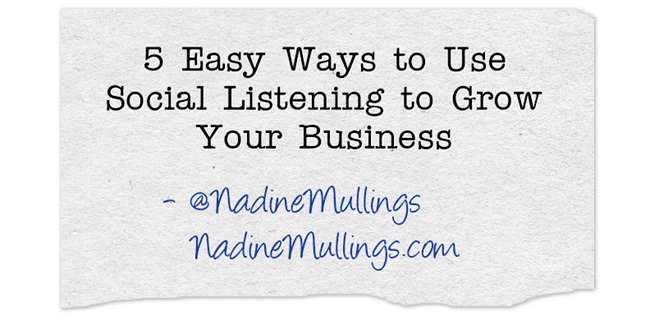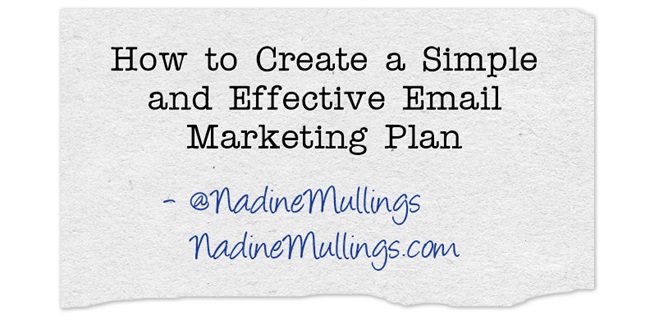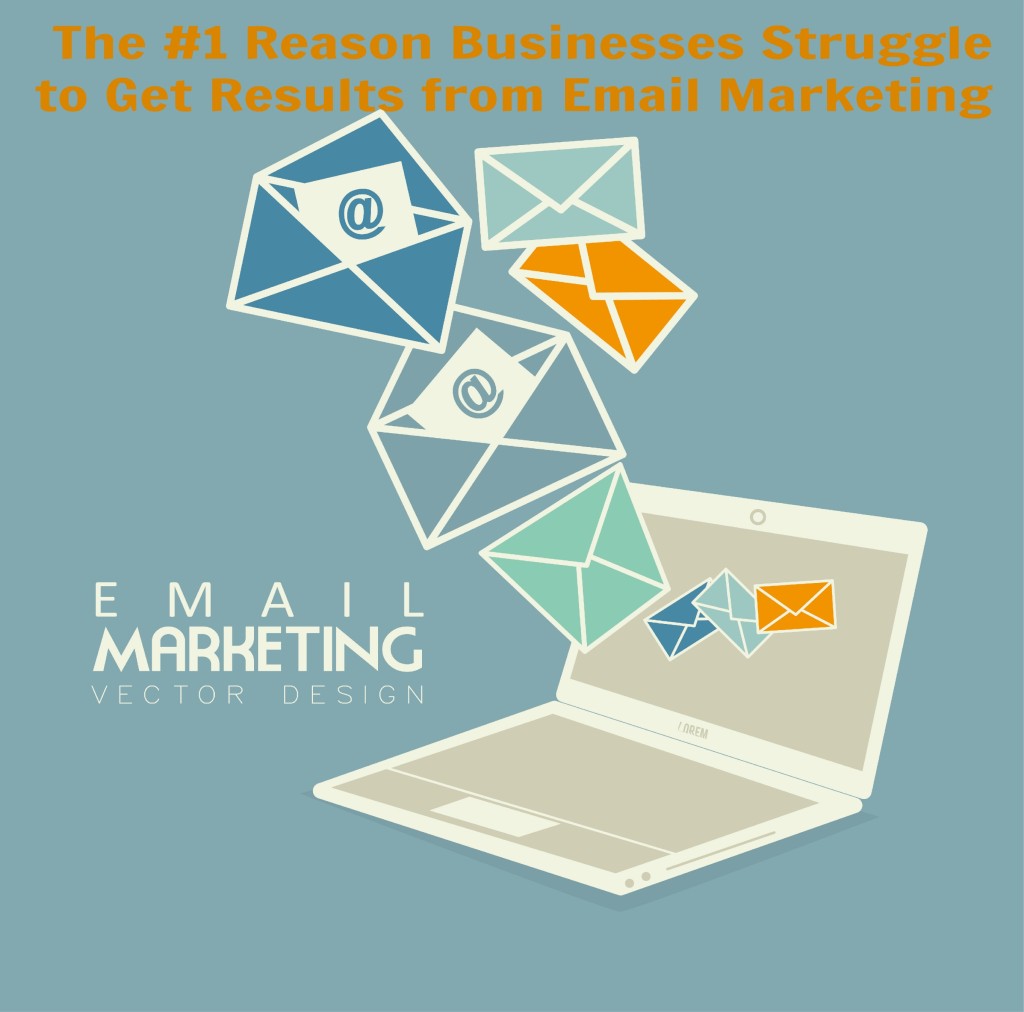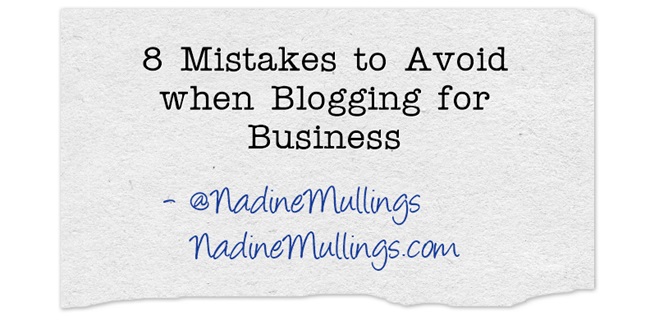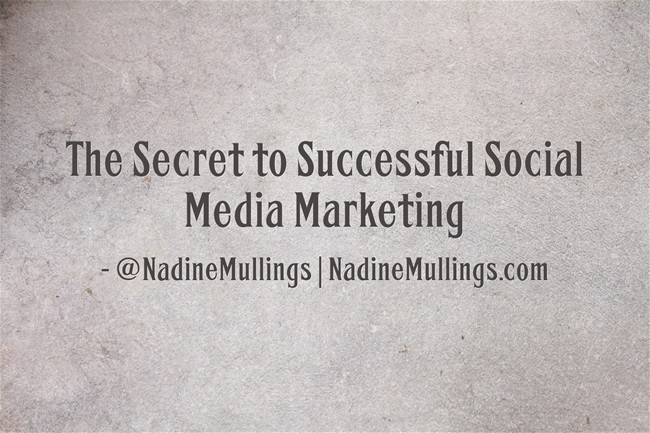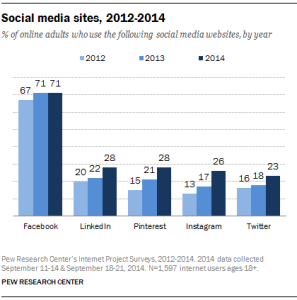Listening is an important skill to master in both your personal and professional life. Being able to listen carefully can improve your personal relationships, and being able to listen carefully to the needs and wants of your customers, clients, and prospects can improve your business. However, many independent business owners, coaches, and consultants have not mastered the art of social listening.
A great way to listen to your customers, clients, and prospects is to conduct surveys and polls to gain valuable insight, but one way to listen that most companies are not taking advantage of is listening on social media, so how can listening on social media grow your business?
Here are five ways social listening can grow your business:
[Tweet “Five ways social listening can grow your business! #SocialMedia #MarketingEssentials”]
- Listen to the posts people are making in your community (i.e. posts on Facebook, LinkedIn, Twitter, etc.) Sometimes you can find your next customer right in your own backyard just by listening within your community. I have gotten more business listening to people in my community on social media over any other social media marketing method. When someone posts a question or concerns that you are able to answer, be sure to reach out to the individual and let them know that you can help. The key is to take the conversation offline. The post may start in a public arena such as a public post on Facebook, but you should move the conversation to a direct or private message, and then move to a meeting either on the phone or in-person. The reason why this technique works so well, is because when someone expresses a need on social media, and you have a solution, it’s almost guaranteed business for you as long as you handle it correctly by taking the conversation offline to learn more and offer your services as a solution.
- Listen to the posts people are making in online groups. This could be LinkedIn groups, Facebook groups, etc. I have found more success listening to comments people make in various Facebook groups, especially if you belong to groups that have your ideal target audience, every once in a while someone may post about being in need of someone who offers your services. Seeing those posts and responding, can be a great way to get new business. Similar to listening in your own community, the key here is to take the conversation offline to close the deal.
- Listen to the comments people make on your platforms. This could be comments made on your social media posts, or your blog posts. If someone takes the time to comment, be sure to listen to their comment and even respond to their comment. Taking the time to do this nurtures that relationship you have with your fans and followers, and if your response if valuable and helpful sometimes that same person who commented could become a customer.
- Create online polls and poll your fans and followers. Another great way to listen to your audience is to ask questions. Social media is a great place to conduct market research. You can create a simple poll and ask questions that will help you understand your target audience better. For example, a good poll for me would be “What social network do you use the most for marketing your business?”
- Google+
- Other
By asking this simple question and getting responses, I will then better understand what social networks my audience is using, and I could create blog posts about that particular network, or even create a program or course that talks all about that particular network, but I would never know what my audience uses unless I polled my fans and followers and listened to their responses, and then took some type of action based on their responses.
5. Create online surveys and survey your fans and followers. Similar to an online poll, an online survey can provide you with invaluable information regarding your fans and followers, so why not create an online survey and post it on your social media channels and encourage your fans and followers to complete the short survey. The insight you gain from that survey can help you in so many ways. You can use the information to:
- Find out how you are perceived
- Learn what your audience struggles with
- Create new products, programs, courses with the information you receive
- Create your next promotion
- And so much more…
Are you using social listening to grow your business? If not, be sure to schedule a FREE strategy session so you can learn how to use social listening in your business. Click Here to contact us and schedule your session today!

